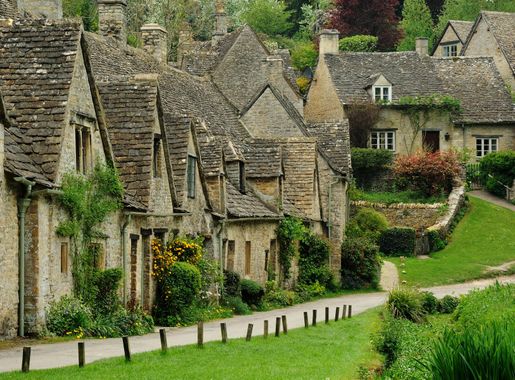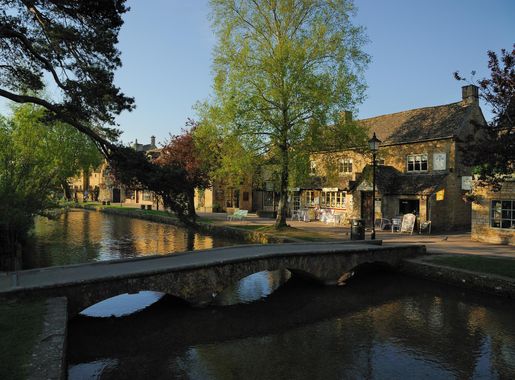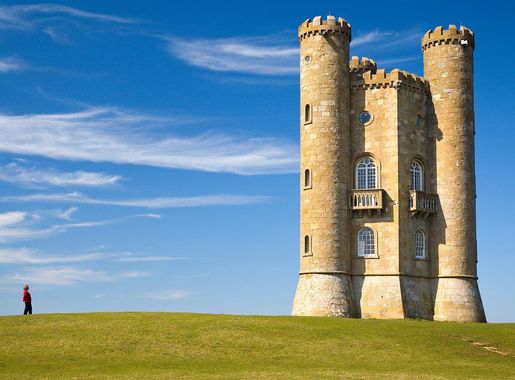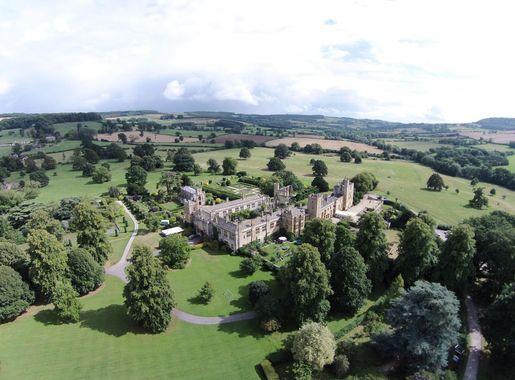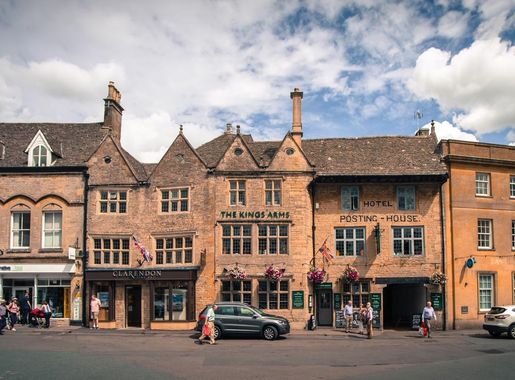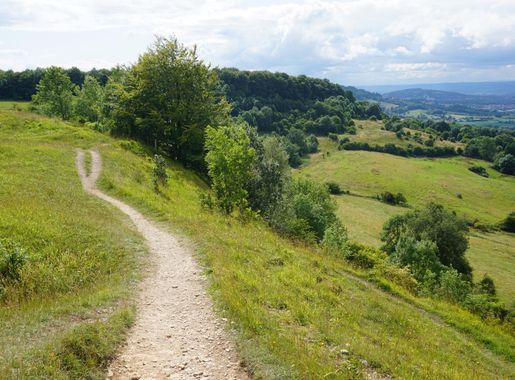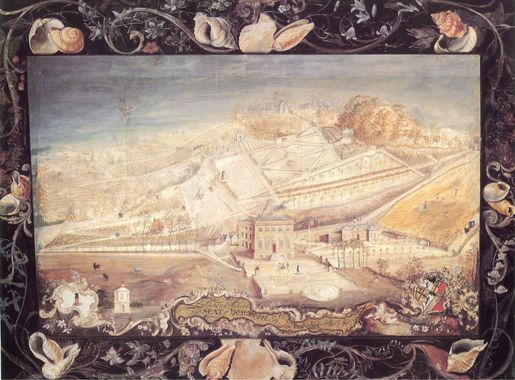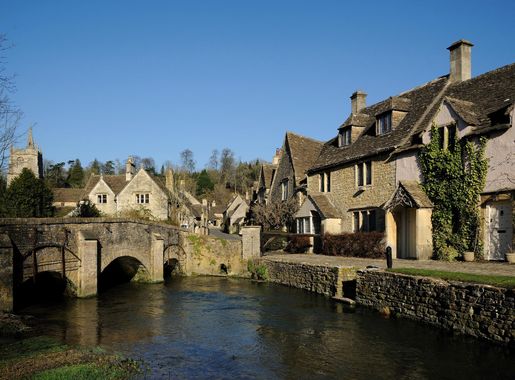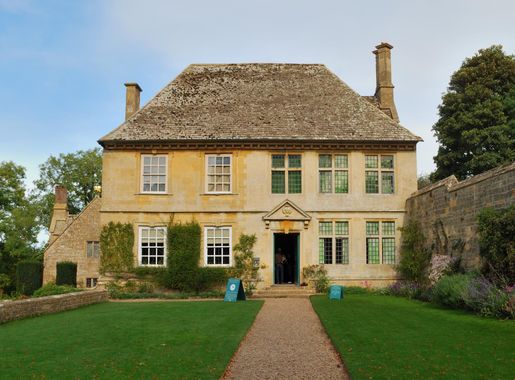
The Enchanting Cotswolds: A Journey Through Timeless England
Discover the charm of the Cotswolds: an enchanting region of rolling hills, historic villages, and timeless beauty in the heart of England.
Nestled in the heart of England, the Cotswolds is a region renowned for its picturesque landscapes, charming villages, and historic heritage. This Area of Outstanding Natural Beauty spans across five counties, offering visitors a quintessentially English experience. With rolling hills, honey-colored stone cottages, and ancient woodlands, the Cotswolds is a haven for nature lovers and history enthusiasts alike. The villages of the Cotswolds, such as Bourton-on-the-Water, Stow-on-the-Wold, and Bibury, are famed for their postcard-perfect beauty. Wander through narrow, winding streets lined with traditional tea rooms, antique shops, and cozy pubs. Each village has its own unique charm and character, making it a delight to explore. Don't miss the opportunity to visit the market towns, where local farmers and artisans showcase their produce and crafts. Beyond its idyllic villages, the Cotswolds offers a wealth of outdoor activities. Hike along the Cotswold Way, a scenic trail that stretches for 102 miles, offering breathtaking views of the countryside. For a more leisurely experience, take a stroll through the manicured gardens of stately homes like Sudeley Castle and Blenheim Palace. The region is also home to several nature reserves, providing ample opportunities for birdwatching and wildlife photography. History buffs will find plenty to fascinate them in the Cotswolds. The area is dotted with ancient churches, historic houses, and Roman ruins. Visit the Roman villa at Chedworth or explore the medieval Tewkesbury Abbey. The Cotswolds also boasts a rich literary heritage, with connections to famous writers such as J.R.R. Tolkien and Laurie Lee. Whether you're seeking adventure, relaxation, or a glimpse into England's past, the Cotswolds offers an unforgettable experience.
Local tips in Cotswolds
- Visit during spring or autumn to avoid the summer crowds and enjoy mild weather.
- Stay in a traditional Cotswold stone cottage for an authentic experience.
- Try local delicacies like Cotswold cheese and freshly baked scones.
- Use public footpaths to explore the countryside and discover hidden gems.
- Rent a car to easily access remote villages and attractions.
- Check local event calendars for village fairs and markets.
The Enchanting Cotswolds: A Journey Through Timeless England
Nestled in the heart of England, the Cotswolds is a region renowned for its picturesque landscapes, charming villages, and historic heritage. This Area of Outstanding Natural Beauty spans across five counties, offering visitors a quintessentially English experience. With rolling hills, honey-colored stone cottages, and ancient woodlands, the Cotswolds is a haven for nature lovers and history enthusiasts alike. The villages of the Cotswolds, such as Bourton-on-the-Water, Stow-on-the-Wold, and Bibury, are famed for their postcard-perfect beauty. Wander through narrow, winding streets lined with traditional tea rooms, antique shops, and cozy pubs. Each village has its own unique charm and character, making it a delight to explore. Don't miss the opportunity to visit the market towns, where local farmers and artisans showcase their produce and crafts. Beyond its idyllic villages, the Cotswolds offers a wealth of outdoor activities. Hike along the Cotswold Way, a scenic trail that stretches for 102 miles, offering breathtaking views of the countryside. For a more leisurely experience, take a stroll through the manicured gardens of stately homes like Sudeley Castle and Blenheim Palace. The region is also home to several nature reserves, providing ample opportunities for birdwatching and wildlife photography. History buffs will find plenty to fascinate them in the Cotswolds. The area is dotted with ancient churches, historic houses, and Roman ruins. Visit the Roman villa at Chedworth or explore the medieval Tewkesbury Abbey. The Cotswolds also boasts a rich literary heritage, with connections to famous writers such as J.R.R. Tolkien and Laurie Lee. Whether you're seeking adventure, relaxation, or a glimpse into England's past, the Cotswolds offers an unforgettable experience.
When is the best time to go to Cotswolds?
Iconic landmarks you can’t miss
Cotswolds AONB
Discover the captivating beauty of the Cotswolds AONB, a serene nature reserve with rolling hills, charming villages, and picturesque landscapes in the heart of England.
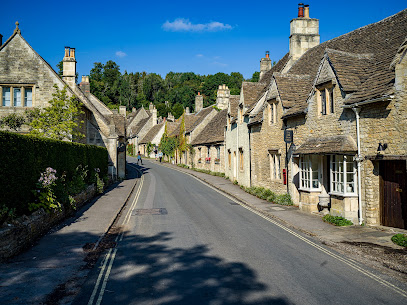
National Trust - Dyrham Park
Experience the enchanting beauty of Dyrham Park, a historic estate with stunning gardens and rich heritage just a stone's throw from Bath.
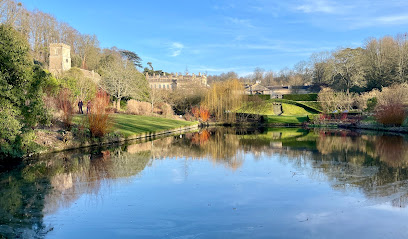
National Trust - Hidcote
Explore the breathtaking Hidcote Gardens, a serene escape filled with vibrant flora and rich history in the heart of the Cotswolds.

The Model Village
Experience the charm of Bourton-on-the-Water at The Model Village, where miniature wonders come to life in stunning detail.
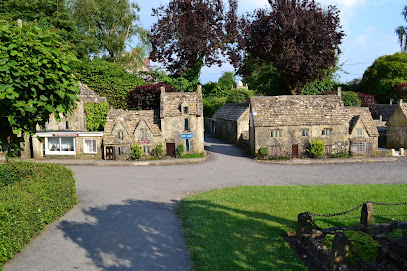
National Trust - Snowshill Manor and Garden
Experience the harmonious blend of art, history, and nature at Snowshill Manor and Garden, a must-visit gem in the Cotswolds.

National Trust - Chedworth Roman Villa
Discover the rich history of Chedworth Roman Villa, one of the largest Roman archaeological sites in the UK, nestled in the enchanting Cotswolds.
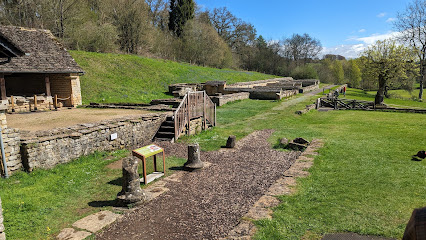
National Trust - Bibury
Discover the timeless beauty of Bibury, a stunning nature reserve in the Cotswolds, perfect for nature lovers, history buffs, and serene escapes.
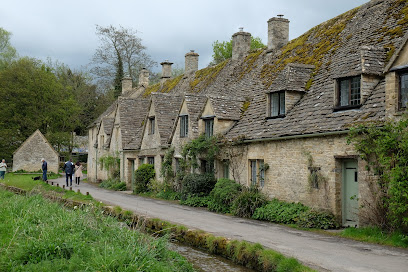
Cirencester Amphitheatre
Step into history at Cirencester Amphitheatre, the largest Roman amphitheatre in the UK, where echoes of ancient times come alive in a beautiful setting.
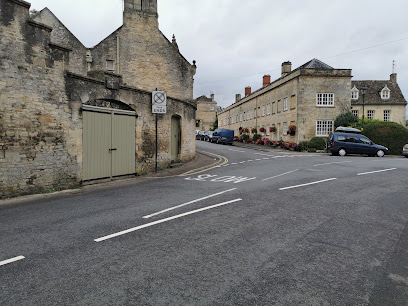
National Trust - Dover's Hill
Explore the breathtaking beauty of Dover's Hill, a premier nature reserve in the Cotswolds, perfect for hiking and appreciating the English countryside.

Hailes Abbey
Discover the tranquil beauty and rich history of Hailes Abbey, a stunning medieval landmark nestled in the picturesque Cheltenham countryside.

National Trust - Lodge Park and Sherborne Park Estate
Discover Lodge Park and Sherborne Park Estate, a historical gem in the Cotswolds, perfect for nature lovers and history buffs alike.

Greystones Farm Nature Reserve
Experience the natural beauty and tranquility of Greystones Farm Nature Reserve, a must-visit destination in the Cotswolds for outdoor enthusiasts.
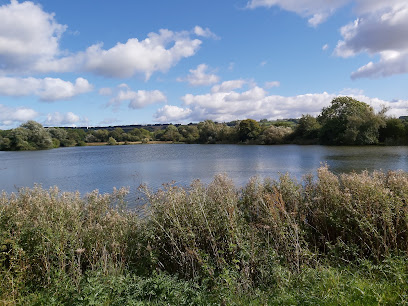
Nympsfield Long Barrow
Explore the ancient wonders of Nympsfield Long Barrow in the heart of the Cotswolds, a historical landmark steeped in mystery and natural beauty.
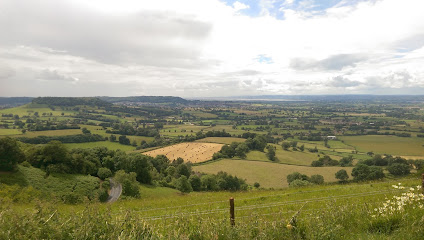
Barber wood
Explore the serene beauty of Barber Wood, a nature reserve in Cheltenham, perfect for outdoor adventures and wildlife observation.
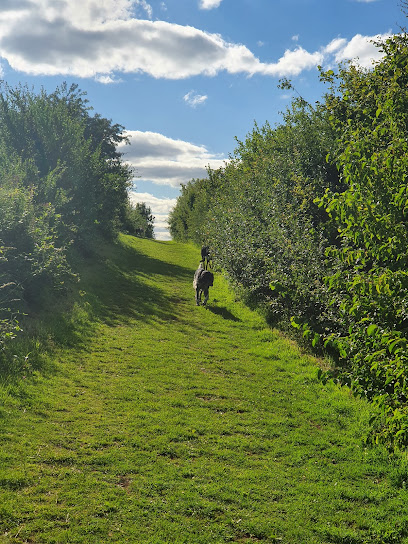
Chedworth Nature Reserve
Discover the serene beauty of Chedworth Nature Reserve, a hidden gem in Cheltenham offering lush landscapes and diverse wildlife for nature lovers.

Unmissable attractions to see
Cotswold Wildlife Park & Gardens
Explore Cotswold Wildlife Park & Gardens: A unique blend of wildlife encounters and beautiful gardens in the scenic Cotswolds.
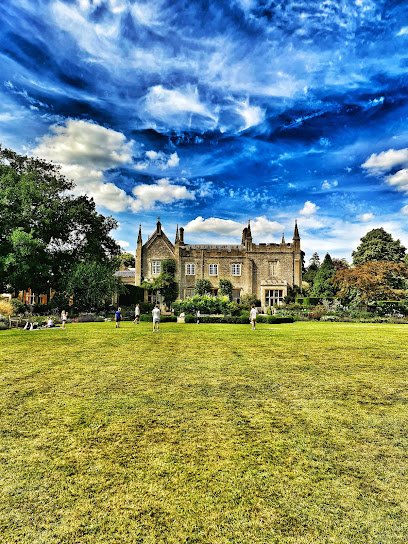
Broadway Tower
Explore Broadway Tower, a historical landmark in the Cotswolds offering stunning views and rich heritage in a picturesque setting.
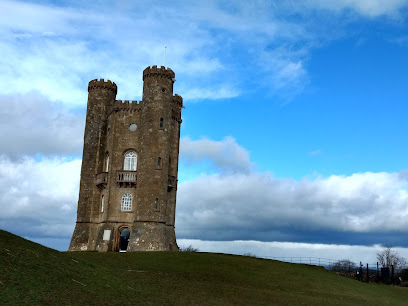
National Trust - Hidcote
Discover the beauty and tranquility of Hidcote, a renowned Arts and Crafts garden in the Cotswolds, perfect for nature lovers and history enthusiasts.
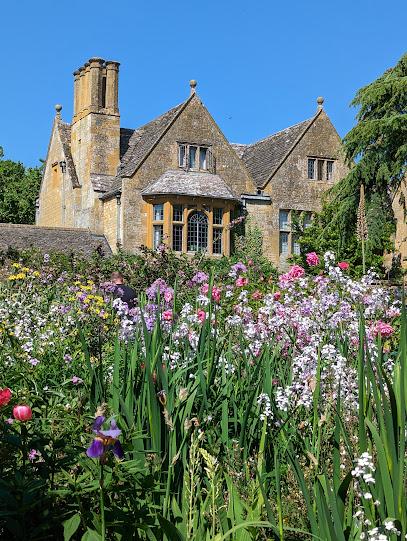
Birdland Park & Gardens
Discover the enchanting world of birds at Birdland Park & Gardens, a wildlife haven perfect for families and nature lovers in Bourton-on-the-Water.
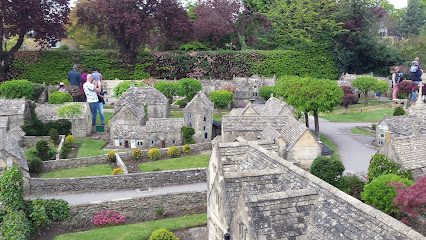
National Trust - Hidcote
Experience the breathtaking beauty and rich history of Hidcote, a stunning National Trust garden in the heart of the Cotswolds, perfect for all nature lovers.
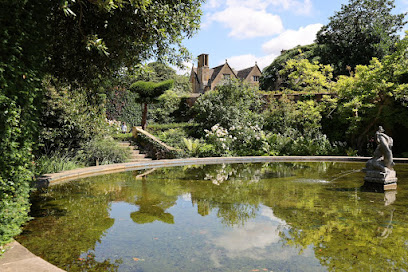
Crocodiles of the World
Explore Crocodiles of the World, a unique zoo in Carterton showcasing the incredible diversity of crocodiles and reptiles for an unforgettable family adventure.
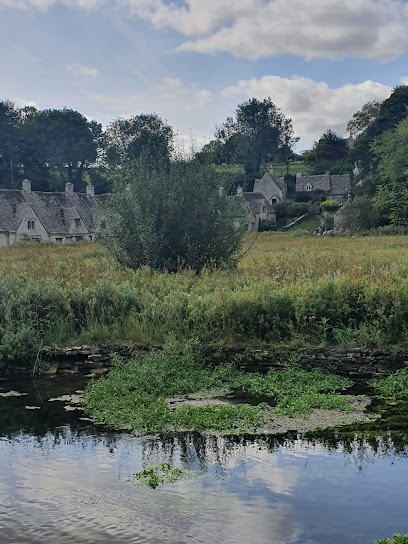
Cotswold Motoring Museum & Toy Collection
Explore the Cotswold Motoring Museum & Toy Collection for a delightful journey through automotive history and nostalgic toys in Bourton-on-the-Water.

The Model Village
Explore the enchanting world of The Model Village in Bourton-on-the-Water, a charming miniature replica showcasing the beauty of the original village.
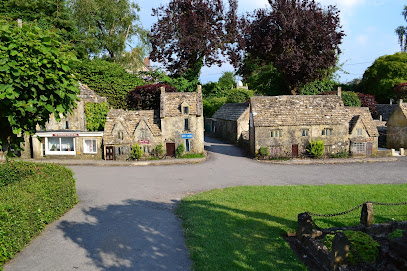
Cotswold Farm Park
Discover the joy of farm life at Cotswold Farm Park, where fun, nature, and local cuisine come together in the stunning Cotswolds.
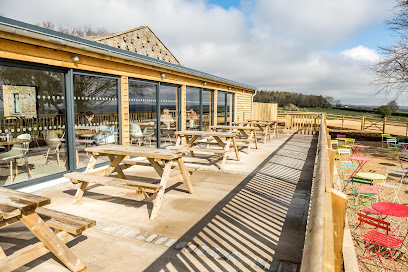
Tewkesbury Abbey
Discover the majestic Tewkesbury Abbey, a stunning medieval marvel with rich history and breathtaking architecture in the heart of England.
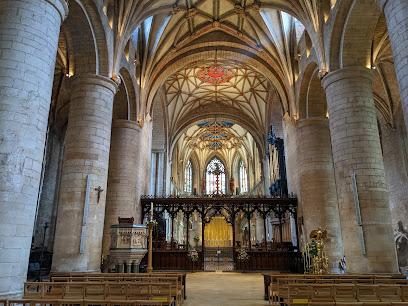
National Trust - Snowshill Manor and Garden
Explore the enchanting Snowshill Manor and Garden, a unique blend of art, history, and stunning landscapes in the heart of the Cotswolds.
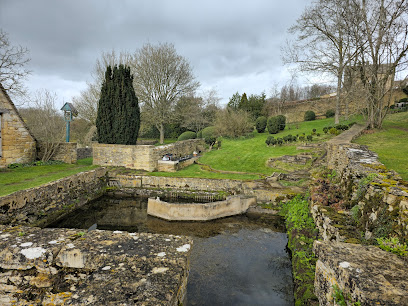
National Trust - Chedworth Roman Villa
Explore the enchanting Chedworth Roman Villa, a preserved archaeological site revealing the splendor of Roman life in the Cotswolds.

Cotswold Lavender
Explore the breathtaking fields of Cotswold Lavender, where vibrant blooms and tranquil landscapes create a serene escape in the heart of the Cotswolds.
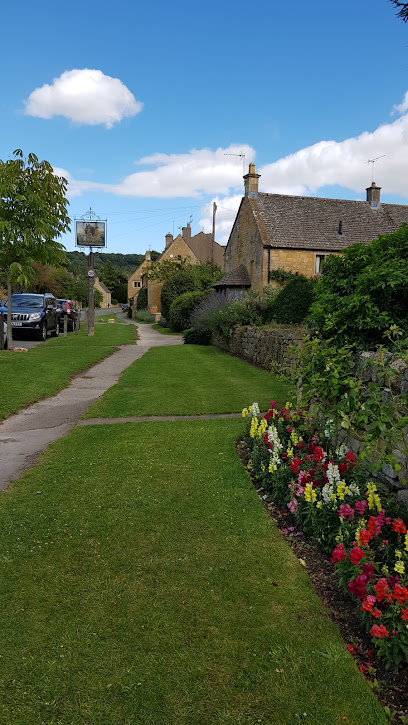
Painswick Rococo Garden
Explore the captivating beauty of Painswick Rococo Garden, a unique 18th-century garden in the heart of the Cotswolds, perfect for relaxation and inspiration.
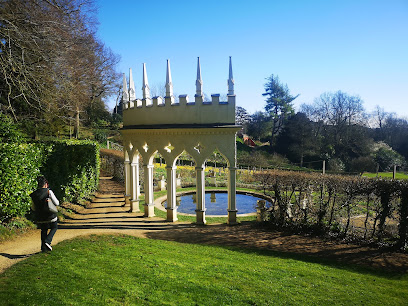
National Trust - Bibury
Experience the timeless beauty of Bibury, a quintessential Cotswold village filled with picturesque cottages and serene natural landscapes.
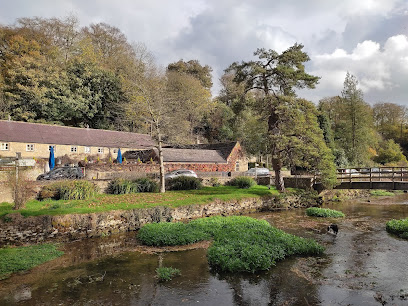
Essential places to dine
The Porch House
Discover The Porch House in Stow-on-the-Wold: A historic pub offering delightful British cuisine and cozy accommodations amidst Cotswolds charm.
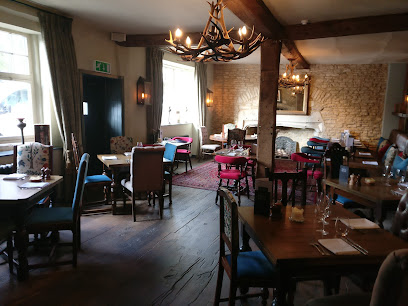
The Frogmill
Discover The Frogmill: A charming restaurant and pub in the Cotswolds serving delicious British cuisine amidst breathtaking scenery.
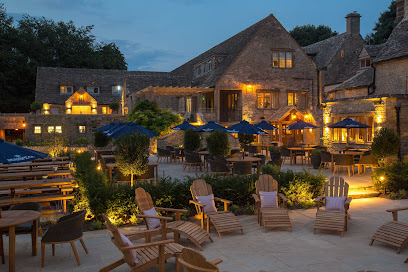
The Rose Tree Restaurant
Discover The Rose Tree Restaurant in Bourton-on-the-Water for authentic English cuisine amid breathtaking riverside views.

The Wild Rabbit
Discover The Wild Rabbit: A unique blend of fine dining and traditional pub charm nestled in Kingham's scenic Cotswolds.

The Kingham Plough
Experience authentic British cuisine at The Kingham Plough in picturesque Kingham - where tradition meets taste.

The Bell at Sapperton
Experience authentic British cuisine at The Bell at Sapperton - where tradition meets taste in Gloucestershire's scenic Cotswolds.

The Old Boathouse
Experience delightful British and European cuisine at The Old Boathouse, set against the stunning backdrop of Lake 6 in South Cerney.
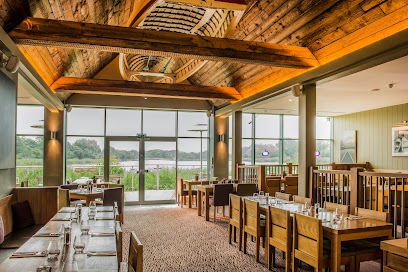
The Croft Restaurant
Experience traditional English dining at The Croft Restaurant in Bourton-on-the-Water—where every meal tells a story of local flavor.

Horse and Groom
Discover traditional British charm at Horse and Groom - where cozy accommodations meet delicious cuisine in the heart of the Cotswolds.

The Old Butchers
Discover exquisite English cuisine at The Old Butchers in Stow-on-the-Wold - where tradition meets modern dining in a charming setting.
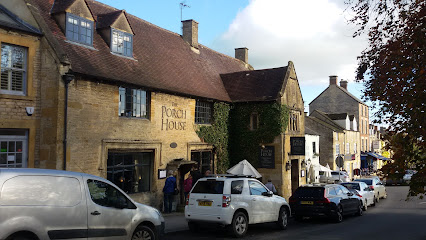
The Feathered Nest Country Inn
Experience authentic British hospitality at The Feathered Nest Country Inn—where culinary excellence meets stunning Cotswold scenery.
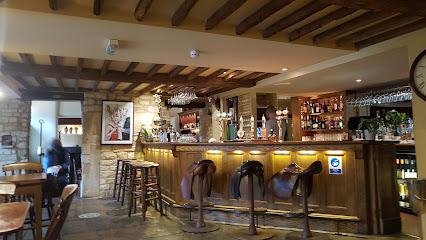
The Old Stocks Inn
Experience comfort and charm at The Old Stocks Inn in Stow-on-the-Wold—your gateway to Cotswolds adventures.
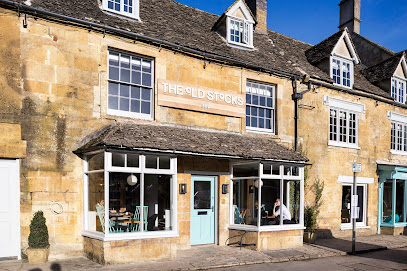
Buckland Manor
Discover Buckland Manor: A fine dining restaurant offering exquisite cuisine and elegant accommodations in the picturesque Cotswolds.

Le Champignon Sauvage
Experience the finest in British cuisine at Le Champignon Sauvage – where seasonal ingredients meet culinary artistry.
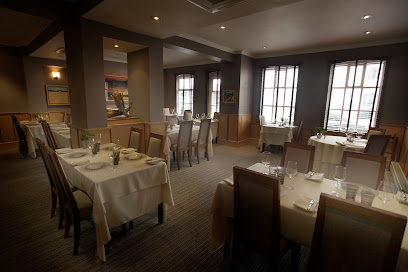
Whistlers Restaurant
Experience the best of British cuisine at Whistlers Restaurant in Chipping Norton—where flavor meets ambiance amidst live music.

Markets, malls and hidden boutiques
Daylesford Organic
Experience the charm of Daylesford Organic, a sustainable farm shop and café in the Cotswolds, offering fresh produce, gourmet delights, and wellness treatments.
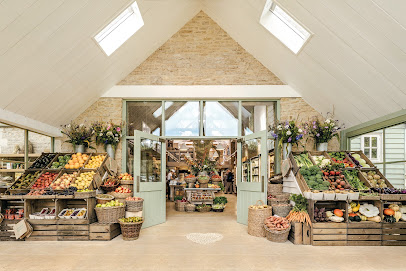
Cotswold Barn
Experience the charm of Cotswold Barn, a delightful café and gift shop nestled in the scenic Cotswolds, perfect for relaxation and unique souvenirs.
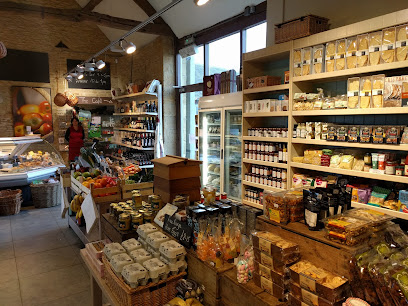
The Organic Farm Shop
Explore the freshest organic produce and local delicacies at The Organic Farm Shop in Cirencester, a must-visit destination for health-conscious travelers.
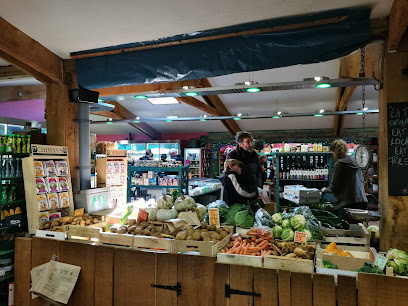
Highgrove Shop - Tetbury
Shop at Highgrove in Tetbury for unique gifts and organic delights inspired by the beauty of the English countryside.
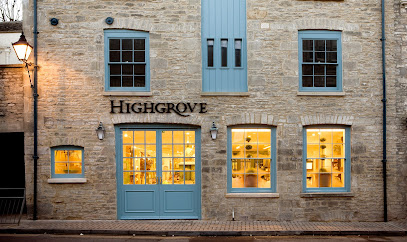
The Man Cave Broadway
Explore The Man Cave Broadway for unique gifts and local treasures in the heart of the Cotswolds, perfect for every occasion.
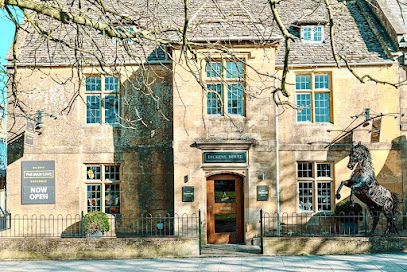
Cotswold Perfumery
Explore the enchanting world of fragrance at Cotswold Perfumery, nestled in the heart of Bourton-on-the-Water, a must-visit for scent lovers.

Octavia's Bookshop
Explore the enchanting Octavia's Bookshop in Cirencester for a unique literary experience filled with local charm and diverse book selections.
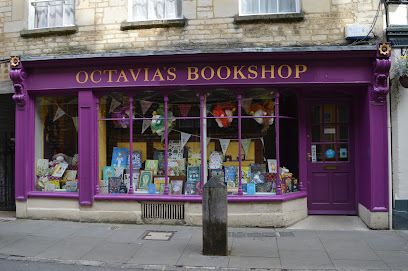
Cotswold Luxe
Explore Cotswold Luxe in Chipping Campden: A boutique furniture shop offering unique home decor, gifts, and expert interior design.
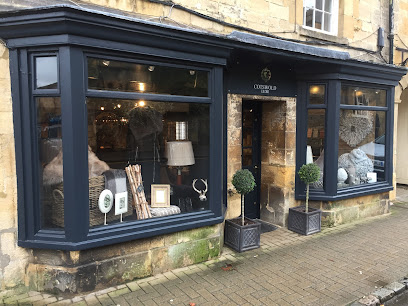
The Lodestone
Explore The Lodestone in Bourton-on-the-Water for unique crystals, gifts, and a charming shopping experience that reflects the essence of this scenic village.

Vinegar Hill
Discover the charm of Vinegar Hill in Cheltenham, a gift shop offering unique homewares and ladies' clothing that capture the essence of local craftsmanship.
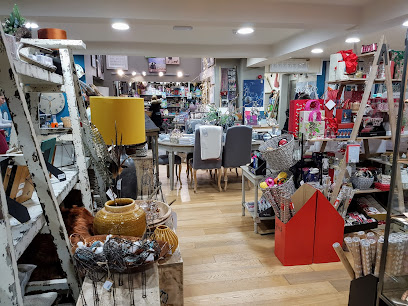
Once Upon A Candy Shop
Discover a magical world of sweets at Once Upon A Candy Shop in Bourton-on-the-Water, where nostalgia and indulgence meet.

Chestnuts Fashion Fix
Discover stylish ladies' clothing and accessories at Chestnuts Fashion Fix in Bourton-on-the-Water, the perfect shopping destination for fashion lovers.

The Cotswold Snug
Explore The Cotswold Snug, a delightful gift shop in Moreton-in-Marsh offering unique local crafts and souvenirs that embody the charm of the Cotswolds.
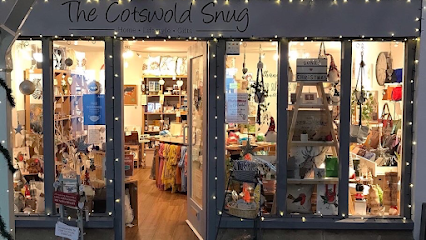
The Cotswolds Dogs & Cats Home
Visit the Cotswolds Dogs & Cats Home for a unique charity shopping experience while supporting animal welfare in a picturesque setting.
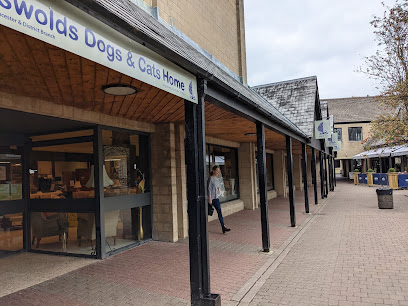
Cotswold Candle Hut
Explore the enchanting Cotswold Candle Hut in Cirencester, where handmade candles create a fragrant shopping experience that captures the essence of the Cotswolds.

Essential bars & hidden hideouts
The Porch House
Experience the historic charm of The Porch House, a delightful pub and accommodation nestled in the heart of Stow-on-the-Wold, Cotswolds.
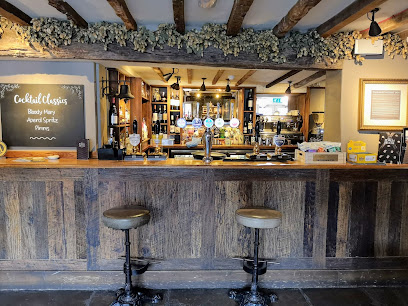
Kingsbridge
Discover the charm of Kingsbridge, a riverside pub in Bourton-on-the-Water, offering traditional British cuisine and a welcoming atmosphere.

The Frogmill
Experience the charm of The Frogmill, a traditional British pub in the scenic Cotswolds, offering delicious food, refreshing drinks, and a cozy atmosphere.
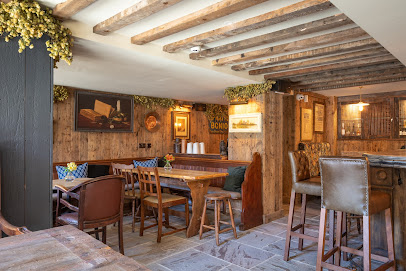
The Chequers, Cotswolds
Experience the charm of The Chequers in the Cotswolds - a perfect blend of traditional pub atmosphere and exquisite dining.
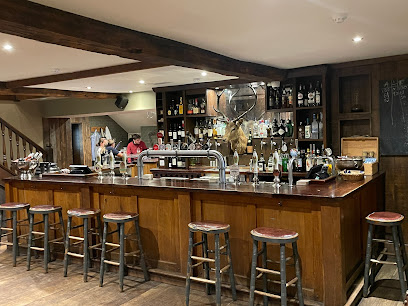
The Kingham Plough
Discover The Kingham Plough - a charming British restaurant and bar in Kingham offering seasonal cuisine and a warm, inviting atmosphere.
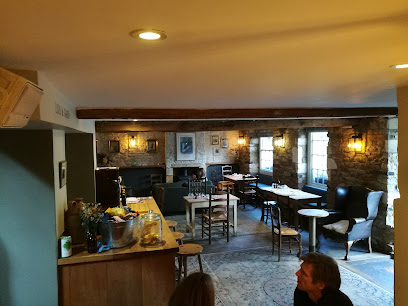
Snowshill Arms
Discover the cozy charm of Snowshill Arms, a delightful gastropub in the heart of the Cotswolds, perfect for enjoying local flavors and warm hospitality.

The Old Boathouse
Discover The Old Boathouse: A picturesque gastropub offering British cuisine and stunning lake views in the heart of Cotswold Water Park.
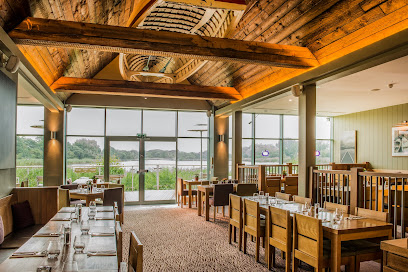
Hollow Bottom
Experience the warmth and hospitality of Hollow Bottom, a quintessential Cotswold pub offering delicious food and local ales in a picturesque setting.
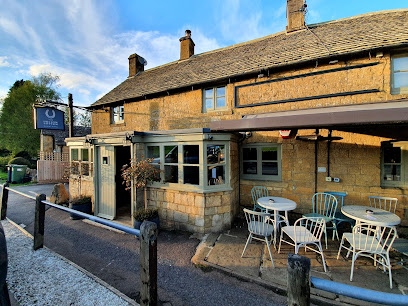
Horse and Groom
Discover the Heart of British Hospitality at Horse and Groom, Your Cozy Retreat in the Picturesque Cotswolds.

The Howard Arms Ilmington
Experience the charm of The Howard Arms, a traditional gastropub in Ilmington, serving up delicious local cuisine and refreshing drinks in a picturesque setting.
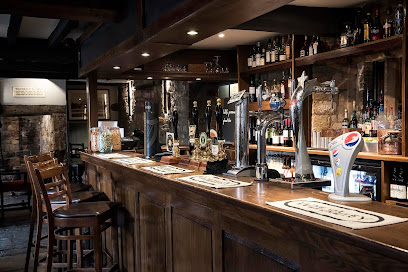
Bathurst Arms
Discover the warm hospitality and delightful culinary offerings at Bathurst Arms, a charming pub in the heart of North Cerney.

The Halfway at Kineton
Discover the charming Halfway at Kineton, a delightful pub in Guiting Power, serving imaginative dishes and local ales amidst the stunning Cotswold countryside.

The Keepers Arms
Experience the charm of the Cotswolds at The Keepers Arms, a cozy pub and bed & breakfast offering local cuisine and warm hospitality.
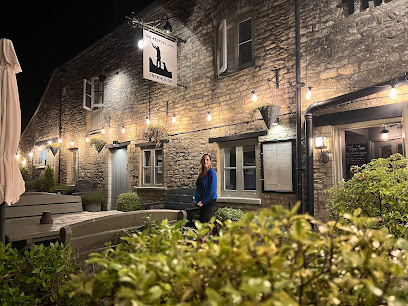
The Bakers Arms
Experience the charm of The Bakers Arms, a quintessential Cotswold pub offering traditional British cuisine and a selection of local ales.
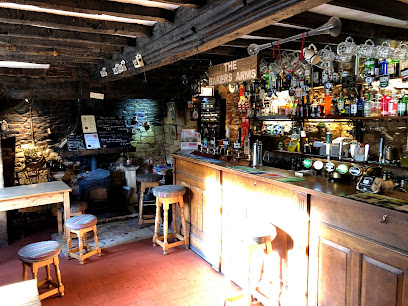
The Coach & Horses
Experience the charm of The Coach & Horses, a quintessential pub in Longborough, serving delicious food and local ales in the heart of the Cotswolds.
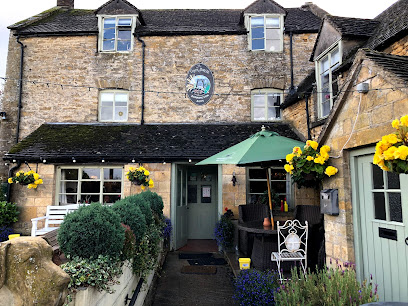
Local Phrases about Cotswolds
-
- HelloOw do
[ow do] - GoodbyeSee ya
[see ya] - YesAye
[aye] - NoNaw
[naw] - Please/You're welcomeIf you do
[if yew do] - Thank youCheers
[cheers] - Excuse me/SorrySorree
[sor-ee] - How are you?Ow be ya?
[ow bee ya] - Fine. And you?Aye, fine. How be you?
[aye, fine. how bee yew] - Do you speak English?D'ya speak English?
[d'ya speak english] - I don't understandI ain't catchin' yer drift
[i ain't catchin' yer drift]
- HelloOw do
-
- I'd like to see the menu, pleaseI'd loike to see the menu, if you do
[i'd loike to see the menu, if yew do] - I don't eat meatI don't touch meat
[i don't touch meat] - Cheers!Cheers!
[cheers] - I would like to pay, pleaseI'd loike to settle up, if you do
[i'd loike to settle up, if yew do]
- I'd like to see the menu, pleaseI'd loike to see the menu, if you do
-
- Help!Help!
[help] - Go away!Clear off!
[clear off] - Call the Police!Fetch the bobbies!
[fetch the bobbies] - Call a doctor!Fetch a doc!
[fetch a doc] - I'm lostI'm a bit turned around
[i'm a bit turned around] - I'm illI'm poorly
[i'm poorly]
- Help!Help!
-
- I'd like to buy...I'd loike to purchase...
[i'd loike to purchase] - I'm just lookingI'm just browsin'
[i'm just browsin'] - How much is it?How much be that?
[how much be that] - That's too expensiveThat's a bit pricey, that is
[that's a bit pricey, that is] - Can you lower the price?Can you do it a bit cheaper?
[can you do it a bit cheaper]
- I'd like to buy...I'd loike to purchase...
-
- What time is it?What's the toime?
[what's the toime] - It's one o'clockIt's one o'clock
[it's one o'clock] - Half past (10)Half ten
[half ten] - MorningMornin'
[mornin'] - AfternoonAfternoon
[afternoon] - EveningEvenin'
[evenin'] - YesterdayYesterday
[yesterday] - TodayToday
[today] - TomorrowTomorrow
[tomorrow] - 11
[1] - 22
[2] - 33
[3] - 44
[4] - 55
[5] - 66
[6] - 77
[7] - 88
[8] - 99
[9] - 1010
[10]
- What time is it?What's the toime?
-
- Where's a/the...?Where's the...
[where's the] - What's the address?What's the addy?
[what's the addy] - Can you show me (on the map)?Can you point me the way (on the map)?
[can you point me the way (on the map)] - When's the next (bus)?When's the next bus?
[when's the next bus] - A ticket (to ....)A ticket (to ....)
[a ticket (to ....)]
- Where's a/the...?Where's the...
History of Cotswolds
-
The Romans left an enduring legacy in the Cotswolds, most notably through the construction of the Fosse Way. This major Roman road traversed through the region, facilitating trade and military movement. The town of Cirencester, known as Corinium Dobunnorum, became the second-largest town in Roman Britain, showcasing grand villas, an amphitheatre, and intricate mosaics.
-
Following the Roman withdrawal, the Cotswolds became part of the Anglo-Saxon kingdom of Mercia. The area saw the establishment of numerous monastic communities, including the notable Hailes Abbey, founded in 1246. During the medieval period, the Cotswolds flourished due to the thriving wool trade, with its characteristic 'Cotswold Lions' sheep. Many of the picturesque villages we see today were built during this prosperous time.
-
The Cotswolds’ golden age was largely driven by the wool trade between the 13th and 15th centuries. The wealth generated from wool led to the construction of grand 'wool churches,' such as St. John the Baptist in Burford and St. Mary's in Fairford. These churches, with their impressive architecture and stained glass windows, stand as testaments to the region’s historical affluence.
-
The Cotswolds played a significant role during the English Civil War (1642–1651). The Battle of Stow-on-the-Wold in 1646 was one of the final confrontations of the war, leading to a decisive victory for the Parliamentarians over the Royalists. The market square in Stow-on-the-Wold still echoes the tumultuous past, where troops once clashed.
-
While the Industrial Revolution brought significant changes to many parts of the United Kingdom, the Cotswolds largely retained its rural character. Small-scale industries such as cloth, silk, and stone quarrying continued to operate, but the area did not experience the large-scale industrialization seen elsewhere. This helped preserve its charming, bucolic landscape.
-
In the 20th century, the Cotswolds saw significant efforts to preserve its historical and natural beauty. The designation of the Cotswolds as an Area of Outstanding Natural Beauty (AONB) in 1966 helped protect its picturesque villages, rolling hills, and traditional limestone cottages. Today, the region remains a beloved destination for tourists seeking both history and tranquility.
Cotswolds Essentials
-
The Cotswolds is located in south-central England and is easily accessible from major cities. The nearest international airports are London Heathrow and Birmingham Airport. From London, you can take a direct train from Paddington Station to Moreton-in-Marsh, one of the main gateways to the Cotswolds. The journey takes approximately 1.5 hours. Alternatively, coaches run from London Victoria Coach Station to various towns in the Cotswolds. If you're driving, the M4 and M40 motorways provide convenient routes.
-
While in the Cotswolds, renting a car is one of the best ways to explore the region's picturesque villages and scenic countryside. Alternatively, there are local bus services connecting major towns and villages. Cycling is also popular, with many dedicated bike routes available. Taxis are available, but it's advisable to book them in advance, especially in smaller villages. For those preferring guided tours, several operators run day trips from larger cities.
-
The official currency in the United Kingdom is the British Pound (GBP). Credit and debit cards are widely accepted in hotels, restaurants, and shops across the Cotswolds. ATMs are available in most towns, but it is advisable to carry some cash, especially when visiting smaller villages. Contactless payments are also popular and convenient for small purchases.
-
The Cotswolds is generally a safe destination with low crime rates. However, it is always wise to take standard precautions. Lock your car and do not leave valuables in plain sight. Be cautious when walking alone at night in unfamiliar areas. While there are no specific high-crime areas targeting tourists, it's always best to stay vigilant and aware of your surroundings.
-
In case of emergency, dial 999 for police, fire, or medical assistance. The Cotswolds has several medical facilities and pharmacies in major towns. It is recommended to have travel insurance that covers medical emergencies. For non-emergency medical advice, you can call NHS 111. Always keep a note of your embassy's contact details if you are an international traveler.
-
Fashion: Do dress in layers, as the weather can be unpredictable. Comfortable walking shoes are essential. Avoid overly casual attire in fine dining establishments. Religion: Do respect local customs. Some churches may have specific dress codes. Public Transport: Do pay attention to bus schedules as services may be limited, especially on weekends. Don’t be loud or disruptive on public transport. Greetings: Do greet people with a polite 'hello' or 'hi.' In more formal settings, a handshake is appropriate. Eating & Drinking: Do try local specialties like cream teas and Cotswold cheese. Don’t tip excessively; a 10-15% tip is customary if service is not included.
-
To experience the Cotswolds like a local, visit the weekly farmers' markets where you can buy fresh local produce and artisanal goods. Engage with locals in village pubs, where you can often hear fascinating stories and get recommendations. Don’t miss the walking trails that offer stunning views of the rolling hills and historic sites. For a unique experience, attend one of the local festivals or fairs, which showcase traditional Cotswold culture and crafts.
Trending Landmarks in Cotswolds
-
Cotswolds AONB
-
National Trust - Dyrham Park
-
National Trust - Hidcote
-
The Model Village
-
National Trust - Snowshill Manor and Garden
-
National Trust - Chedworth Roman Villa
-
National Trust - Bibury
-
Cirencester Amphitheatre
-
National Trust - Dover's Hill
-
Hailes Abbey
-
National Trust - Lodge Park and Sherborne Park Estate
-
Greystones Farm Nature Reserve
-
Nympsfield Long Barrow
-
Barber wood
-
Chedworth Nature Reserve
Nearby Cities to Cotswolds
-
Things To Do in Oxford
-
Things To Do in Bath
-
Things To Do in Bristol
-
Things To Do in Birmingham
-
Things To Do in Cardiff
-
Things To Do in Windsor
-
Things To Do in London
-
Things To Do in Nottingham
-
Things To Do in Cambridge
-
Things To Do in Chester
-
Things To Do in Sheffield
-
Things To Do in Manchester
-
Things To Do in Liverpool
-
Things To Do in Leeds
-
Things To Do in York

